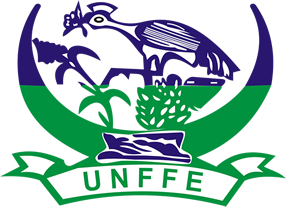Uganda National Farmers Federation in partnership with the Eastern African Farmers Federation with the support from the World Bank founded a mobile platform called e-Granary which provides a 4 in 1 service to aggregate farmers for inputs, output and markets (financial, insurance, extension and mechanization).
The goal of the project is to “Use e-Granary innovative mobile platform to deliver economic services to farmers in East Africa”. The project has a market driven approach and the mission is to increase productivity, market opportunities and thereafter farmers livelihoods and by starting to use a digital platform that can increase finance. A great goal within this project is the access to farm inputs and markets that can bring opportunities for farmer’s economic development.
KEY ELEMENTS OF THE BUSINESS PLAN
- Pooled purchasing to;
- ensure access to agricultural inputs to farmers
- Provide network to service providers
- Market efficiency with the aim to eliminate middlemen and connect farmers to low cost producers
- Digital financial service, where farmers get payments through mobile phones and pay for their inputs through mobile finances
- Farmers groups
- Aggregate farmers to economic farmers groups
- Help farmers meet market standards and requirements
- Access to markets
ASSOCIATED RISKS FROM E- GRANARY
- Price risks, due to low financial literacy and poor records keeping
- Side selling
- Climate change effects i.e. drought, floods, pest and diseases
Anticipated outcome include; 90000 smallholder farmers registered onto the platform increased market access for smallholder farmers, increased access to financial services for smallholder farmers, increased access to extension services for smallholder farmers via mobile phones.
CONCLUSION
The e-Granary platform is both a communication and payment platform capable of increasing the income of farmers between 40% and 100% (or 180 to 450 USD) as well as providing them access to a relatively high level of credit per farmer. It provides the credit opportunity at two levels – at production and at delivery of produce to the certified warehouse.



